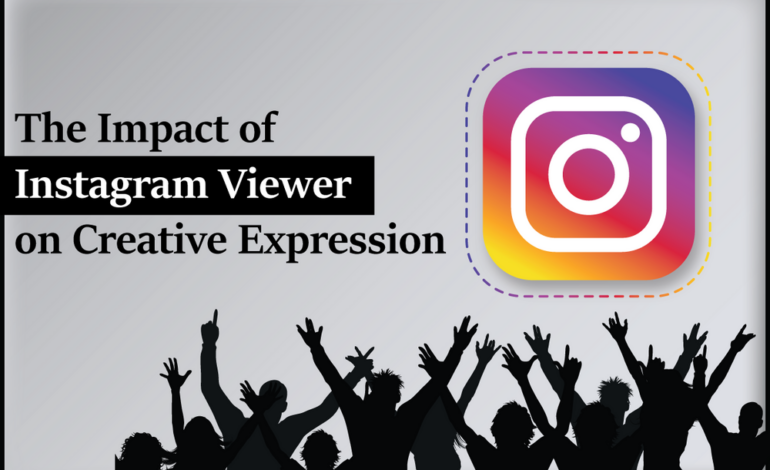How to Drive More Traffic to Your Content and Products: 7 Things to Know

Let’s travel through time a little on a journey back to the 70s. During that time, the average person was already bombarded by 500 to 1600 advertisements throughout the day, and this was before the internet existed!
Fast forward a few decades to 2007, and the average consumer saw around 5000 ads per day. Fast forward a little more to 2021, and those numbers rose again and doubled, with the average person seeing between 6,000 and 10,000 ads per day. What does this mean for your business?
Simply put, it means there’s a lot of competition out there. When you’re competing against everyone else, how do you drive traffic to your content and products? Fortunately, there are some things you can do to help; keep reading to learn more.
1. Social Media Is Key
Pretty much everyone is on social media now. Even if they’re just silently scrolling through what others are sharing on social media. This means you also need to be on social media.
First, as you begin marketing to a new generation, it’s important to understand how they view advertising. Millennials and Gen Z see things in a new way. They’re looking for authenticity.
That means they’re more likely to take the recommendation of an influencer over an advertisement. Because of this, their purchase habits are heavily influenced by social media.
There are some slight differences here, one being that Millenials are more open to multiple forms of advertisements, while 84 percent of Gen Z skips over advertisements as quickly as possible.
Social media is also key because it allows you to target your audience. You can meet your audience where they are and actually reach the people interested in your product or content.
2. SEO Isn’t Dead
Google processes over 99,000 searches per second. This means that there are billions of search inquiries going out every day. However, the average person won’t go past the first five listings on their SERP. If you want to be found, you need to make it to the top of the page.
SEO is far from dead, and investing in white-hat SEO techniques is the way to go.
3. Email Marketing Can Help
How many emails do you get per day? How many of those emails do you never open? Sometimes the sheer number of emails in your inbox can feel overwhelming; however, email marketing is still alive and well and has a high ROI.
However, you also need to know how to get people to open the emails you send them.
If copywriting and email marketing isn’t your thing, consider working with someone who can help you create a customized email marketing campaign.

4. Pair a Direct Mail Campaign With a Digital Marketing Campaign
Old-fashioned snail mail still has value in today’s digital world. Direct mail has an open rate of around 90 percent and, like email marketing, has a great ROI. It also allows you to reach your consumer in a new space and be more creative.
Direct mail comes with a ton of benefits by itself. However, when you pair your direct mail campaign with a digital marketing campaign, you may see even more benefits.
This is fairly simple to do. You can create a QR code that leads users to a customized landing page. The QR code will also help you track KPIs so you know how effective your campaign is.
5. Try a Sales Campaign
There’s a common theme in the world right now, and that theme is that life is expensive. When people are struggling to afford things, it can feel wasteful to spend money on products they may or may not need.
However, if you create a sales campaign, they might be more willing to buy your product at a discount and pass those savings on to friends and family.
With sales campaigns, it’s important to create a sense of urgency. Try offering a competition or giveaway or even offer an online discount code.
6. Community Building
Building a community around your brand can help fuel growth. There are many reasons for this; however, we really want to focus on two. First, customer experience is key, and consumers are often willing to pay more for a good customer experience.
Building a community helps improve the customer experience because members can support each other and reach out for help.
The next reason is word-of-mouth marketing. This type of marketing hasn’t lost its relevance.
In fact, it’s a very powerful form of marketing. Around 92 percent of consumers trust recommendations from friends, and 88 percent of consumers trust online reviews.
When people join your community, they’ll invite their friends to join as well. In addition, a positive customer experience will drive them to leave positive reviews.
7. Invest in Excellent Customer Support
Customer support once again comes back to customer experience and word-of-mouth marketing. Things will go wrong with your product on occasion. How you respond is important because that will drive the reviews you get.
If people see negative reviews, they’re likely to back off. However, you can use these reviews to help your company grow. Take the time to respond to these reviews and work to make things right.
For example, imagine you sell a tech product. Your customer orders that product and a few months later leave a review saying it stopped working within a couple of months of receiving it. That doesn’t look great, right? This is where your customer support comes in.
Responding to that review and making things right could influence the person to go back and change the review. Does your product have a warranty? Let the customer know and replace the product.
As more people see positive reviews and try your product, they’ll continue to share with their friends, and your product will get more traffic.
Drive More Traffic to Your Content and Products
Driving more traffic to your content and products isn’t always simple. In addition, sometimes, you must take a long approach to increase traffic. However, choosing the right strategies can help increase your ROI.










